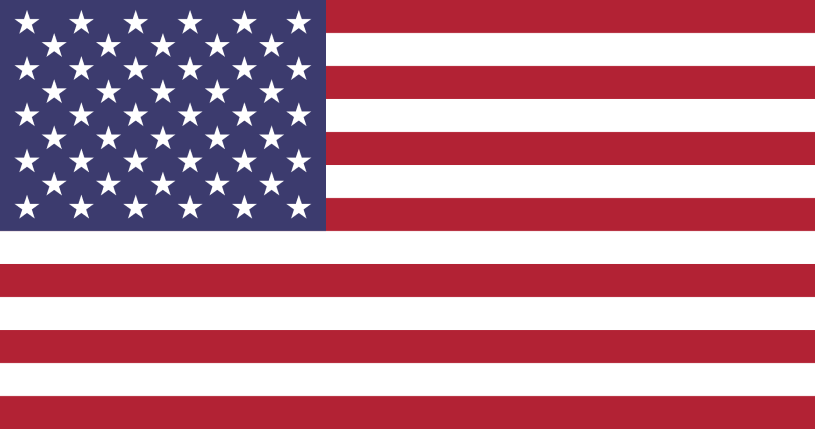


© Copyright – Climate Resiliency Action


© Copyright – Climate Resiliency Action

“When the time comes, you think you’ll be still around to eat them?” – “If not me, you and the others after you will. The apple you just ate was planted by your grandfather.”
There have been countless times where me and sustainability would meet: in conferences called for environmental protection, in colorful flyers not rarely thrown on the edges of sidewalks, in not so many TV shows discussing it, in agriculture books during my studies. Perhaps with sustainability as a definition we might have met a bit late, however, sustainability as a way of living has been part of my daily life since forever. My fondest memories connect me with it.
Sometime early in spring, accompanied by a cold breeze coming straight from the mountains still covered with snow in some parts, soft hands of youngsters and other calloused ones that have been carrying the weight of a hard life would collect and remove stones from the clover field. Finishing a row to the very end would always feel like a small win, a sweet one enough to make you forget all the hard work done there – less stones, more hay later on. Way happier than us, once everything would finish, would be the ones who after a few weeks will be mowing the hay with hand scythes, knowing that they won’t be broken by stones.
Afterwards, just like the other fields, this one would be fertilized with manure taken from our cow stable. There were only two or three of them (cows), however, as the elders would say kane pase kimet (they were of great value), owing to the fact that it was not easy at all to feed a big family at that time. Larika and other cows would start the day with my father feeding them forkfuls of meadow hay. My mom would milk them and at the same time tell them things she was going through, or praise them for behaving well. It’s such a pity that even now, never once did I ever taste milk as good as theirs, or perhaps, it’s the memories and everything from that time that makes it unforgettable and calls me to go back. In the afternoon, after coming back from school, we would send them to graze rotationally in different parts of the village to prevent overgrazing and at the same time to introduce to them a wide range of wild vegetation present in those areas. Later on, the day would end with milking the cows, mucking out the stable, laying straw bales in the ground and putting some hay on the side for a comfortable night. The next day would dawn and everything would start from the beginning.
Without much delay, the time for sowing would come. The seeds saved from the previous year, taken from the vegetables in the best condition, would find their new home in the ground prepared for planting, whose seedlings were to be planted when the time would come. Placed at the foot of the mountain, the quality of the land was not the best, so the land needed great care all the time. Depending on its structure, planting onion bulbs and garlic cores sometimes would resemble mini-therapy and in the other times almost torture. In the end, all those tired sighs would get lost in the noise created by conversations with our neighbors, each from his/her garden, each louder than the other – sometimes we would praise the other’s work, sometimes we would ask for some working tools, and sometimes someone would start singing. Over time, the garden would become home to dozens of types of vegetables that would grow together, without interfering with each other, and welcome from time to time insects of various kinds. In the end, when the plants that had grown enough to be harvested and taken out by someone, it would be enough to look at the garden resembling a colorful labyrinth, to experience the peak of happiness when you have the fruit of your several months of work in front of you, the best proof of what we can achieve when we return to our roots and become one with nature.
Fast forward a few weeks and fall would start its reign. With fruit trees being everywhere: in meadows, in fields planted with corn and other crops, in gardens and yards, its gloominess would be brightened with the warm colors of ripe fruits and leaves – a mesmerizing scenery given as a gift by dozens of old varieties preserved in time. With the harvesting season bringing together families, another chapter of enormous efforts and tireless work would come to an end. Gradually, we would give our farewells to nature with the promise to meet again in spring, and let it embrace regeneration during the winter season.
As a child, to be a kind person was one of the first lessons taught by my parents, and that meant to be good to people, to animals, and the environment/surroundings because that’s where the food comes from. Witnessing first hand the consequences of climate change all around the world, it should be a call for everyone that all our activities, whether be farm practices in a tiny village at the foot of the mountains (like the ones mentioned above) or traffic congestion in a metropolis, have a major impact in our planet – the one everyone call home, but far fewer consider as such. Not each and every one out there can remember long definitions of sustainability, nor is able to understand complex concepts, however what all of us can do is protect and use wisely what was given to us without compromising the next generations’ future. And dears, that’s what sustainability in a nutshell is.